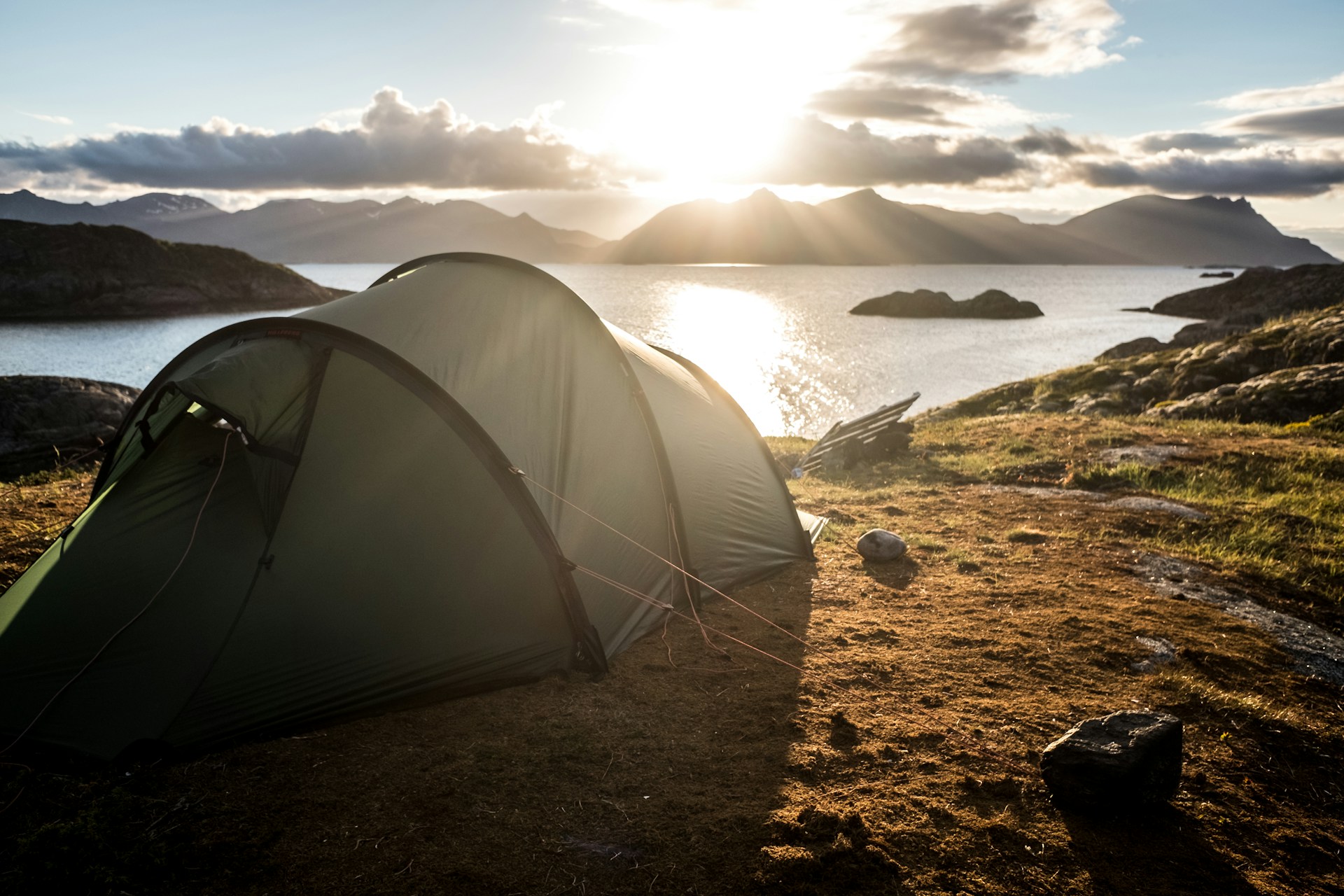Just imagine it for a moment. You’re stepping out of your comfortable city life and heading towards the wild, where towering trees replace skyscrapers and the gentle murmur of a nearby stream replaces the constant hum of traffic. The thought of camping near protected wildlife areas in the UK is as exciting as it is daunting. However, camping is an activity that should be conducted with the utmost responsibility and respect for nature, especially in protected wildlife areas. This article will guide you through the must-knows and how-tos of responsible camping near these natural havens, ensuring you leave no trace and have a memorable experience.
Choosing the Right Spot for Camping
Choosing the right spot to set up your camp is the first step towards responsible camping. It requires a bit of planning and consideration, but the rewards are worth it.
Also read : Crafting the Ultimate Camping Adventure: Exploring UK Distilleries and Breweries on Your Journey
When planning your camping trip in the UK, you’ll find several wildlife-protected areas across the country, including Scotland’s rugged highlands and England’s verdant national parks. Your chosen spot should ideally be flat, dry and not too close to bodies of water. This is to respect the wildlife’s access to drinking water and to prevent any possible flooding of your campsite.
Moreover, don’t camp too close to roads or walking paths. Not only will this ensure you have a peaceful camping experience, it also minimises disturbance to local wildlife. It’s also important to remember that some areas may have specific rules around camping, so doing your research beforehand is essential.
Also read : Essential Guide to Crafting the Perfect Camping Adventure Along the UK”s Scenic Coastal Gems
Choosing an Environmentally Friendly Tent
Your choice of tent can have a significant impact on the environment. An eco-friendly tent is one that is durable, recyclable, and made from sustainable materials.
Many tents on the market today are made from materials that are harmful to the environment, especially when they’re discarded improperly. Opting for a tent made from natural or recycled materials can significantly reduce your camping footprint.
When setting up your tent, be careful not to damage the flora around your site. Ensure the spot you’ve chosen for your tent is free from plants that could be damaged. It’s not just about the tent, but where and how you pitch it.
Packing the Right Equipment
Equally important as your tent is the equipment you bring with you. Your camping gear can significantly impact your ability to camp responsibly.
A well-insulated sleeping bag is a must for those colder UK nights. Opt for a sleeping bag that’s made from sustainable materials and is rated for the expected temperatures. A camping stove is also a necessity for responsible camping. Open fires can be harmful to the environment and are often banned in protected areas. So, ensure your camping stove is fuel-efficient and safe to use.
When it comes to food and drink, bring reusable containers and avoid single-use plastics. Also, don’t forget to pack a durable rubbish bag to take your waste with you when you leave the campsite.
Respecting the Wildlife
One of the best parts about camping in the wild is the chance to be up close with nature. But this privilege comes with the responsibility to respect the wildlife and their habitats.
Remember, you’re a guest in their home, so it’s crucial to observe these animals from a distance. Do not feed wildlife under any circumstances as it can be harmful to them and alter their natural behaviours. You’ll also want to keep your food secure to avoid attracting any curious critters. Moreover, be mindful of noise levels, particularly during breeding seasons when animals can be more sensitive to disturbance.
Adopting the ‘Leave No Trace’ Principle
The ‘leave no trace’ principle is central to responsible camping. The idea is to ensure your campsite looks the same when you leave as it did when you arrived, allowing others to enjoy the same pristine natural experience.
This means everything you bring in, you take out. Litter has a significant impact on wildlife and can take years, if not centuries, to decompose. So, make sure you have a dedicated rubbish bag and dispose of your waste properly when you return home. Similarly, avoid picking flowers or moving rocks, and leave natural features as you found them.
Camping responsibly near protected wildlife areas in the UK is a wonderful opportunity to reconnect with nature. By following these guidelines, not only will you ensure your safety and enjoyment, but you’ll also protect the natural habitats of the UK’s diverse wildlife, ensuring they can be enjoyed by many generations to come.
Best Times for Wild Camping in the UK
Timing is another significant element to consider when planning a wild camping adventure near protected areas in the UK. The UK, known for its unpredictable weather, can present a variety of challenges throughout the year. The months of April, May and June often bring mild and pleasant conditions, ideal for camping. Conversely, the winter months from December to February can be very cold and damp, making conditions less than ideal for camping.
The peak camping season in the UK generally spans from late June to early September. These months tend to offer the warmest weather and longest daylight hours. However, popular camping spots in national parks and nature reserves can become crowded during this period. Therefore, it’s advisable to book your camping spot well in advance or consider camping during the off-peak seasons in April, May, early June, late September or October.
It’s also essential to keep in mind that wildlife behaviour varies throughout the year. Certain animals may be more active and sensitive during specific months, especially during mating and breeding seasons. For instance, birds tend to nest in trees between March and August, while some mammals hibernate during the winter months of November to March.
In conclusion, timing your camping trip thoughtfully can help enhance your overall experience while minimising disturbance to the local wildlife.
Respect for Local Communities and Laws
While wild camping is a thrilling adventure, it’s crucial to remember that these protected areas are also home to local communities and governed by certain laws. In Scotland, for example, the Land Reform Act (2003) permits wild camping on most unenclosed land. However, there are areas where restrictions apply, especially during peak months of January, February, March, April, May, June, July, August, September, October, November and December.
In England and Wales, on the other hand, wild camping is technically illegal without the landowner’s permission. However, it’s generally tolerated in higher fell areas, provided campers adhere to leave no trace principles and respect the wildlife. Some national parks, like Dartmoor, have specific zones where wild camping is allowed.
It’s also worth noting that campfires are often frowned upon or outright banned in many areas due to the risk of wildfires. So, as a responsible camper, it’s your duty to follow the law, respect local communities, and ensure you’re not causing any harm to the environment or wildlife.
In conclusion, wild camping near protected wildlife areas in the UK is an unforgettable experience. However, it’s everyone’s responsibility to make sure the joys of camping can continue to be shared by many generations to come. This means following the principles of ‘leave no trace’, respecting the wildlife and local communities, and adhering to any laws or guidelines that apply. So, remember, your actions today can help preserve the beauty of these natural areas for future campers. Happy camping!














